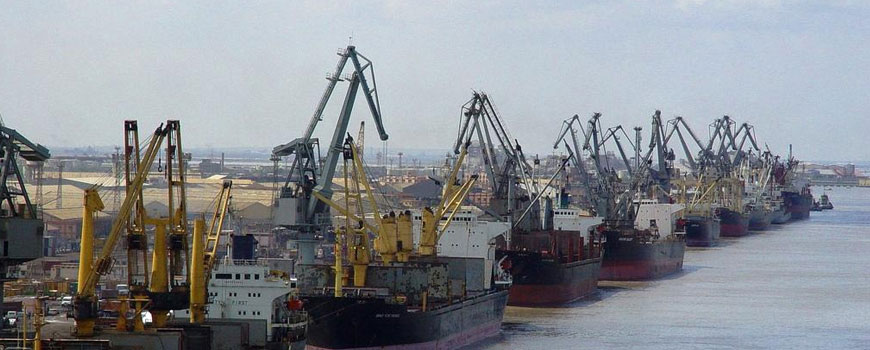<h4 style="text-align: center;">Kutch Bhuj</h4>
<h6 style="text-align: center;">Bhuj connects you to a range of civilizations and important events in South Asian history through prehistoric archaeological finds, remnants of the Indus Valley Civilization (Harappans), places associated with the Mahabharata and Alexander the Great’s march into India and tombs, palaces and other buildings from the rule of the Naga chiefs, the Jadeja Rajputs, the Gujarat Sultans and the British Raj. Over the 4000-year inhabitation of Kutch it developed trading and migratory relationships with ancient civilizations as far abroad as Zanzibar, the Middle East and Greece, fostering a unique ethnic mix of peoples and traditions in the region.</h6>
<h6 style="text-align: center;">In a walk around Bhuj, you can see the Hall of Mirrors at the Aina Mahal; climb the bell tower of the Prag Mahal next door; stroll through the produce market; have a famous Kutchi pau bhaji for lunch; examine the 2000-year-old Kshatrapa inscriptions in the Kutch Museum; admire the sculptures of Ramayana characters at the Ramakund stepwell; walk around Hamirsar Lake and watch children jumping into it from the lake walls as the hot afternoon sun subsides; and catch the sunset among the chhatardis of the Kutchi royal family in a peaceful field outside the center of town.</h6>
<h4 style="text-align: center;">Mandvi Beach Kutch</h4>
<h6 style="text-align: center;">In the 21st century, most people travel by land in fast-moving buses or trains, and to reach destinations further away, many even travel in airplanes. Sometimes it is hard to remember that until the mid-1800s, overland travel was done by horse or bullock-cart. That human technological flight began only a century ago, and flying only became available to average travellers in the last 50 years. Until the middle of the 20th century, for the several millennia of human history that came before us, people voyaged on the seas. How many of us today have traveled on the open ocean?</h6>
<h6 style="text-align: center;">If you don’t feel ready to embark on a seabound voyage anytime soon, visiting a historical port town may at least bring you closer to understanding the way people and goods used to move around the planet (and 95% of world trade still does!). Here in Mandvi, the principal port of Kutch and of Gujarat for hundreds of years until the rise of Mumbai, visit the shipbuilding yards along the Rukmavati River where wooden ships are still built by hand. Stand at the Tower of Wagers, where wealthy shipowners would gather in May to scan the horizons, awaiting the return of the trading fleet from East Africa, and bet on whose would arrive first. Wander around the Vijay Vilas Palace and marvel at the items brought from far-off ports, and the architecture itself that shows a global awareness in its mixture of styles. Or recreate your favorite scene from Lagaan or Hum Dil De Chuke Sanam, both of which have scenes filmed at the palace.</h6>











 Taxi Booking Chet
Taxi Booking Chet